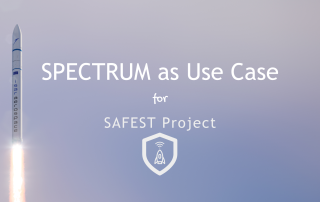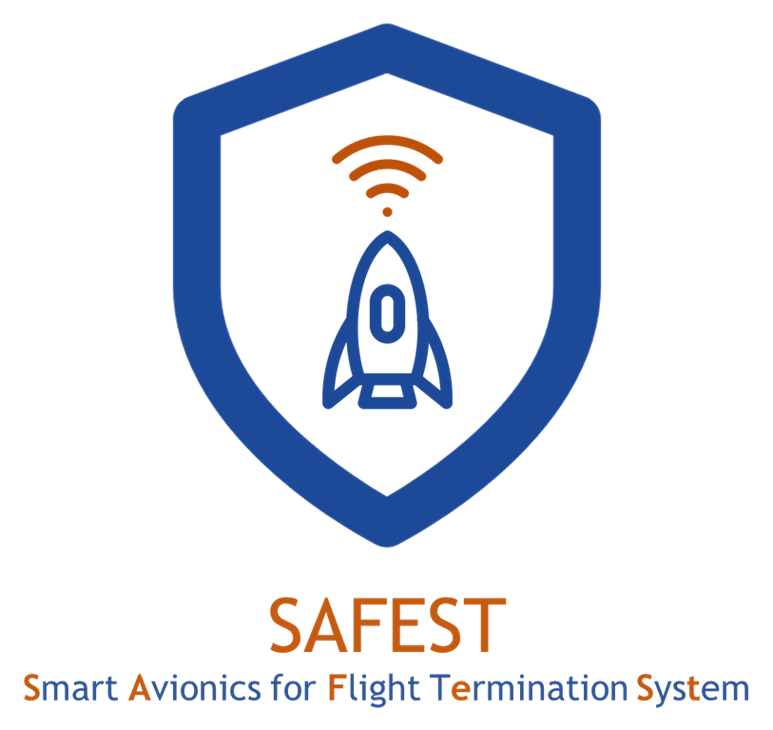A new paradigm for a safer space
At SAFEST we bring efficient and low-cost solutions to reinforce the European launcher sector
Pricey situation
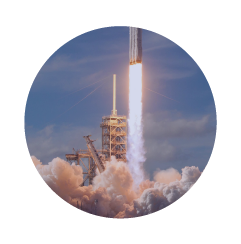
Current standards for launch safety require expensive ground infrastructures. The high demand for space access calls for new ways to maintain safety at lower costs.
Cheaper solution
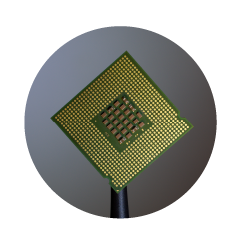
Through an Autonomous Flight Termination System and the integration of new software and hardware approaches, we will reduce costs and increase performance for a more accessible space.
Better outcome
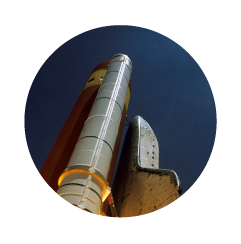
Our project will knock down barriers for European universities to enter the space sector. This will increase the societal benefits by enabling low-cost missions, and it will lower the environmental footprint.
Leading technology for an affordable space
A game changing approach that will benefit the avionics sector
By transferring safety operations from ground to an Autonomous Flight Termination Unit on board the launcher and developing a modular avionics architecture, we will achieve lower costs and more efficient performance. This will reduce the environmental impact of space transportation and place Europe in a better position in the space competition.
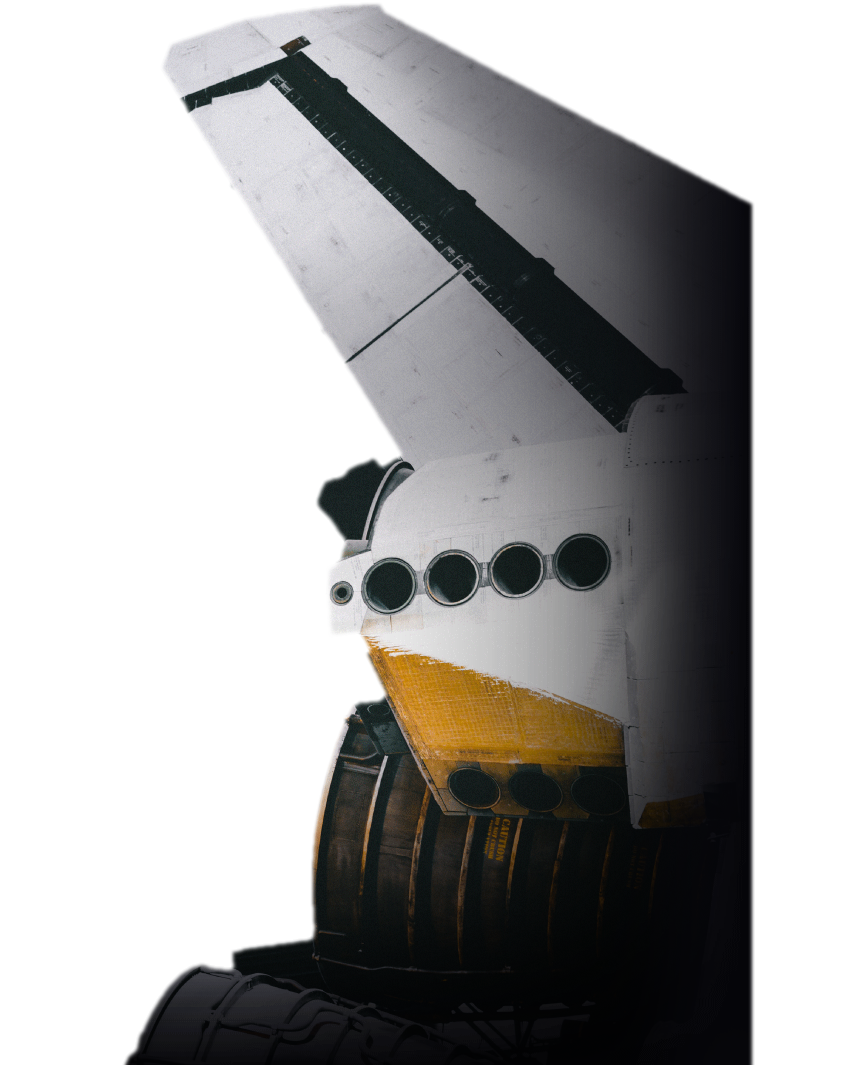
Stay up to date with SAFEST
Don’t miss the news about our project!
Spectrum as Use Case for SAFEST
Spectrum is a two-stage launch vehicle specifically designed for small satellites and satellite constellation deployment. Its development combines proven technologies with modern manufacturing methods to ensure high reliability and enable fast-paced, flexible and cost-effective mission integration and service delivery. Payload capabilities of up to 1,000kg to low-earth orbit and [...]
MIA Platform: sMart Integrated Avionics
Traditional approaches in flight software for space applications have two fundamental flaws: an excess of complexity and an enormous difficulty of reuse. This happens because traditional space software is generated ad hoc for each particular mission, which causes a high interdependence between components. This approach also usually leads to [...]

